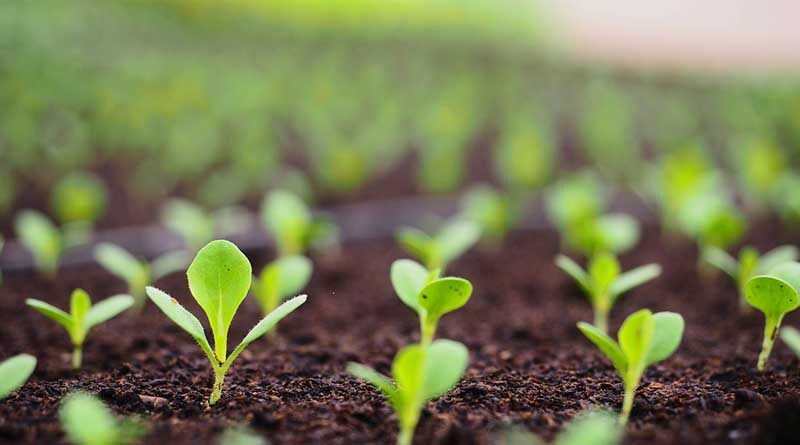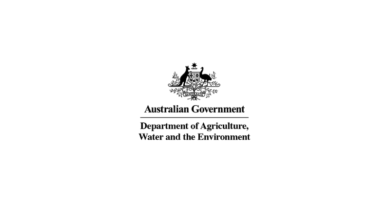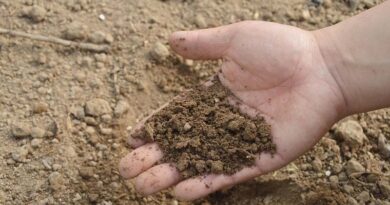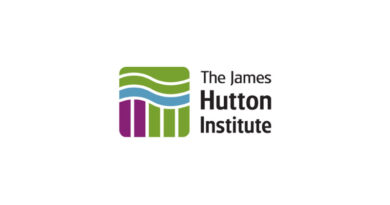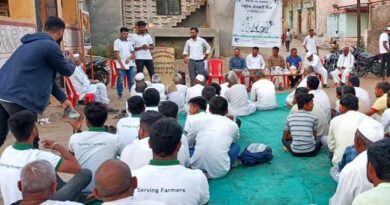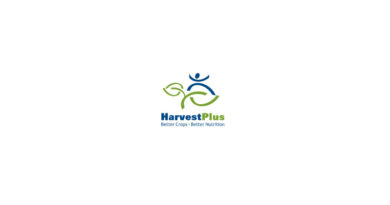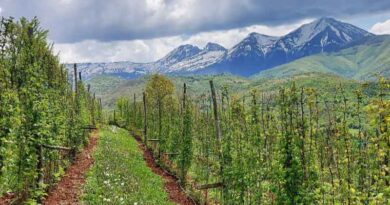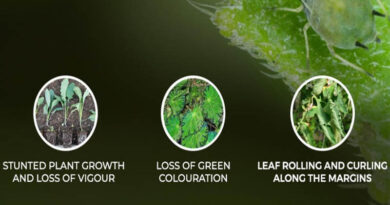Soil: An ill-managed natural resource
Guest Author: Dr. Nitin Misal, Assistant professor at the School of Agricultural Sciences and Technology, NMIMS Shirpur
05 December 2022, New Delhi: The world population is projected to increase by almost one billion by 2025, 9.6 billion in 2050, and 10.9 billion in 2100 (FAO). For feeding this population the production needs to increase by 40-60 percent compared to 2010.
Sustainable soil management (SSM) is key for improving the soil fertility and productivity of the land. The threats to soil functions are soil erosion, nutrient imbalance, acidification of soil, loss of soil organic carbon, soil contamination, salinization, and loss of soil biodiversity. Population and economic growth are the primary global drivers of soil change. Population growth increases the consumption of resources and generates more waste material, it will continue to be a strong driver of soil change for the next few decades.
According to National Bureau of Soil Survey and Land Use Planning (NBSS&LUP), the soil erosion area extends to 119 million hectares and the average annual soil loss rate of the country is about 16 tons per hectare. Soil erosion is the removal of the uppermost soil layer from the land surface by water, wind, or tillage. Wind erosion occurs because of the detachment of soil particles from dry, loose, or bare soil and transported elsewhere. Water erosion is mainly overland flow that transports soil particles detached by drop impact or runoff, often leading to defined channels such as rills or gullies.
The ways to reduce soil erosion are to use land according to its capability, protect the soil surface with some form of cover, and control runoff before it develops into an erosive force. Significant decreases in erosion occur wherever minimum tillage or zero tillage has been adopted.
Nutrient imbalance occurs mainly due to insufficient and excess inputs of nutrients. Nutrient insufficiency contributes to food insecurity. Nutrient excess is a major contributor to water quality deterioration and greenhouse gas emissions (especially nitrous oxide (N2O)) to the atmosphere from agricultural sources. The nutrient balances can be assessed by nutrient inputs, outputs, and storage changes in the soil. Integrated nutrient management is the better way to reduce nutrient imbalances in the soil. The right method, right time, right place, and right quantity are the key to meeting crop nutrient demands and reducing nutrient deficiency as well as excess in soil.
Soil acidification is the lowering of soil pH due to the loss of basic cations such as sodium, calcium, and magnesium through leaching and the build-up of hydrogen and aluminum ions in the soil. The recommended management strategies to reduce the soil acidification rate are to avoid applying acid-forming fertilizers, increase the nitrogen and sulfur use efficiency, reduce the losses of nitrate nitrogen by application of nitrogen-based on soil test value and crop requirement and also use the appropriate method of irrigation probably drip and sprinkle instead of flood irrigation.
Soil organic carbon (SOC) loss occurs primarily due to the conversion of soil carbon to carbon dioxide (CO2) or methane (CH4), both of which are greenhouse gases, and to the physical loss of carbon from the soil by erosion. Soil conservation management practices that can increase soil C on lands with existing crops and management techniques such as improved crop rotation and increased crop residues, cover crops, manure and compost addition, no-tillage and other conservation tillage, and improving grazing land management.
Soil contamination is the addition of harmful chemicals or materials to the soil that have adverse effects on the functioning of the soil. The soil can be contaminated by the use of excessive pesticides, fertilizers, using wastewater for irrigation, agricultural plastic waste, and rural community waste. These contaminants affect climate change through soil degradation, and air and water quality. The contamination can be minimized by reducing the use of chemical fertilizers, promoting afforestation, recycling and reusing the product, bioremediation, and the use of biodegradable products. Soil salinization is the accumulation of salts in the soil. The accumulated salts include chlorides and sulphates of calcium, magnesium, sodium, and potassium.
About 2.5 billion acres are impacted by salinization. The methods for prevention of soil salinization are to optimize irrigation (reduce salty water usage, implement drip irrigation, use desalinated, recycled, rain-harvested water, and don’t over irrigate), add organic matter and manure to keep moisture and reduce irrigation, restrain from deep tillage/heavy machinery not to transfer soil salts to the root zone area, which induces salinization and use cover crops or mulch to protect the ground surface.
Also Read: Promoting Agricultural Transition in Asian Mega-Deltas
(For Latest Agriculture News & Updates, follow Krishak Jagat on Google News)

